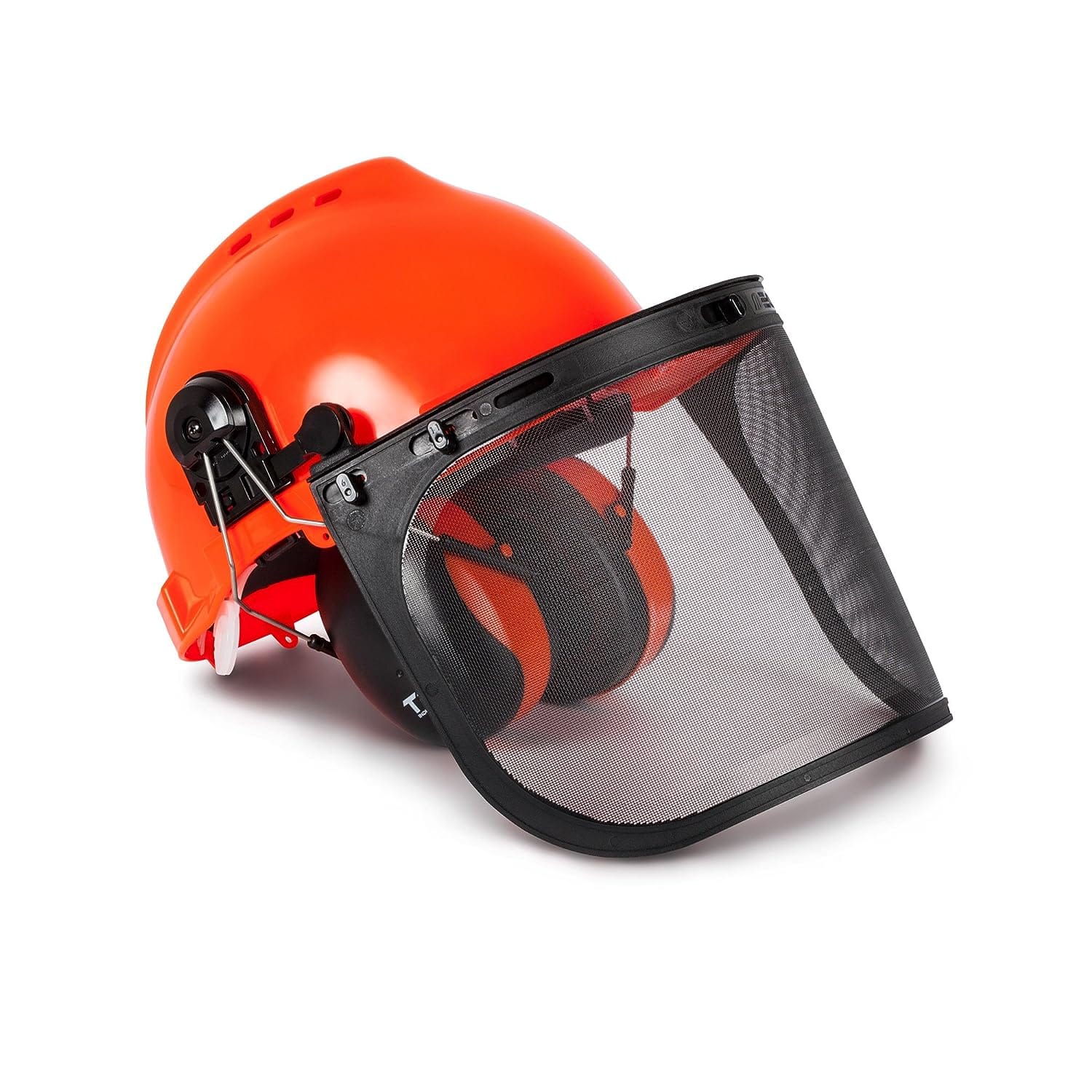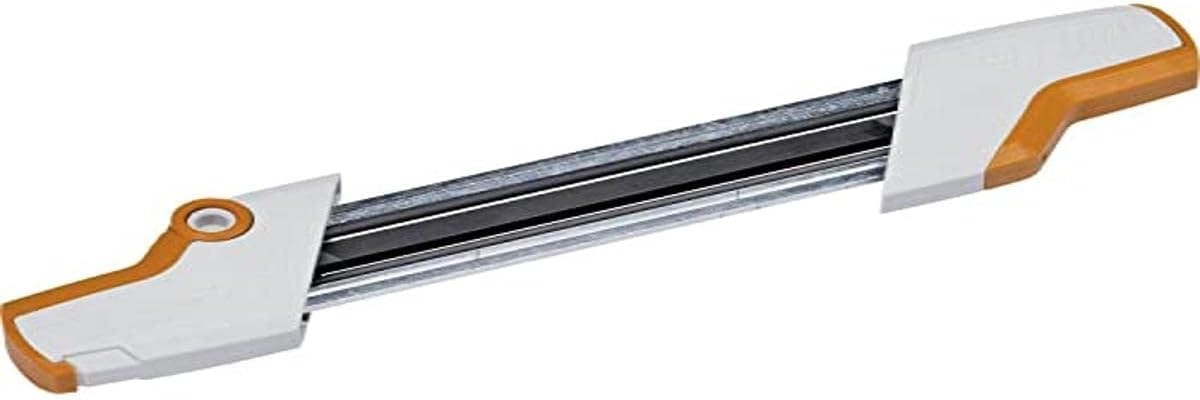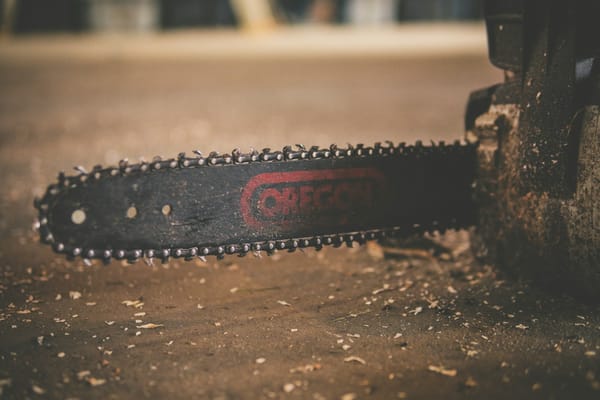Key Takeaways:
- Understand the basic setup and operation of a portable chainsaw mill.
- Learn safety precautions and cutting techniques for efficient milling.
- Gain insights into maintaining your portable chainsaw mill for longevity.
Understanding Your Portable Chainsaw Mill
A portable chainsaw mill is a fantastic tool for anyone looking to convert rough logs into valuable lumber. Before diving into the milling process, it's crucial to familiarize yourself with the components of your mill. Typically, a portable chainsaw mill consists of a metal frame that attaches to the chainsaw bar, providing a guide for a straight cut along the log. Some models may come with additional features like a depth gauge, which helps in maintaining uniform thickness throughout the cutting process.
When setting up your mill, ensure that it is securely attached to the chainsaw bar. The tightness and alignment are key factors that will affect the quality of your cuts. It's also important to check that the chainsaw itself is in good working order, with a sharp chain and enough power to cut through the wood you plan to mill.
RELATED QUESTIONS AND TOPICS
Top 5 Portable Chainsaw Mills for Milling Mastery
How Does a Portable Chainsaw Mill Work?
How Do You Use a Portable Chainsaw Mill?
Chainsaw Mills vs Bandsaw Mills?
Do You Need to Wear Protective Gear?
What Attachments Are Available for Portable Chainsaw Mill?
How to Choose a Portable Chainsaw Mill?

Preparing the Log for Milling
Before you start milling, the log must be prepped properly. This means finding a stable and level surface to place the log on, which will prevent it from rolling or shifting during the cutting process. If necessary, you can create a makeshift platform using smaller logs or lumber scraps. It's also a good idea to remove any debris or dirt from the log's surface to prevent premature dulling of your chainsaw chain.
Once the log is in place, plan your cuts carefully. Decide on the thickness of the lumber you want and set the depth gauge of your portable chainsaw mill accordingly. Remember that it's better to start with thicker slabs, as you can always mill them down further if needed.

Safety First: Gear Up and Be Aware
Safety cannot be overstated when using a portable chainsaw mill. Always wear the appropriate personal protective equipment (PPE), including a helmet with a face shield, hearing protection, gloves, and cut-resistant clothing. Ensure that you are in a well-ventilated area and that there are no bystanders within the vicinity of your working area.
Be aware of your surroundings and the potential for kickback, which is when the chainsaw is thrust back toward the operator. This can happen if the chainsaw's tip touches an object or if the chain gets pinched. Always hold the chainsaw firmly with both hands and stand to the side of the cutting path for maximum control and safety.
Setting Up Your Portable Chainsaw Mill
Setting up your portable chainsaw mill is straightforward, but it requires attention to detail. First, attach the mill to your chainsaw according to the manufacturer's instructions. Make sure everything is secure and that the chainsaw is properly tensioned. Adjust the mill to the desired width of your lumber, and ensure that the guide rails are parallel to the chainsaw bar for an even cut.
Next, position the mill on the log where you want to make your first cut. Some mills come with a leveling system to help you make the first cut flat and even. If yours doesn't, you can use a ladder or a straight piece of lumber as a guide for the first cut. This initial cut is critical as it sets the foundation for subsequent cuts.
Making the First Cut
The first cut with a portable chainsaw mill is often the most challenging, as it sets the stage for all subsequent cuts. To start, make sure the log is secure and will not move during the cutting process. Begin at the end of the log that is closest to you, and slowly guide the chainsaw along the length of the log, following the mill's guide rails. Keep the pace steady and consistent, and let the chainsaw do the work without forcing it.
As you cut, regularly check to ensure that the mill is staying on track and that the cut is level. If you notice any deviation, stop and make the necessary adjustments before continuing. This first cut will remove the rounded top of the log, leaving you with a flat surface for easier milling.
Milling Subsequent Lumber Slabs
After the first cut, the process becomes more routine. Adjust the depth gauge to the desired thickness for your next slab, and repeat the cutting process. With each pass, you'll produce a new slab of lumber. It's important to keep an eye on the chainsaw's performance, ensuring that the chain remains sharp and that the saw is adequately fueled and lubricated.
As you become more comfortable with the milling process, you can experiment with different cutting techniques, such as cutting from the top down or the bottom up, depending on the grain of the wood and the desired finish. Each log will have its unique characteristics, so be prepared to adapt your approach as needed.

Maintaining Your Portable Chainsaw Mill
Proper maintenance of your portable chainsaw mill is essential for its longevity and performance. After each use, clean the mill thoroughly to remove sawdust and debris. Inspect the guide rails and other components for wear and tear, and replace any parts that are damaged or excessively worn.
Additionally, keep your chainsaw in top condition by regularly sharpening the chain and ensuring the engine is well-maintained. A well-kept chainsaw mill and chainsaw will provide you with many years of reliable service, allowing you to mill lumber efficiently and safely.
Summary
Using a portable chainsaw mill can be a rewarding experience, allowing you to turn logs into lumber with precision and ease. By understanding your mill, preparing the log, prioritizing safety, setting up the mill correctly, making the first cut, milling subsequent slabs, and maintaining your equipment, you'll be well on your way to successful milling projects. Remember to always follow the manufacturer's guidelines and safety protocols to ensure the best results and a safe working environment.
FAQ Section
Q: What size chainsaw do I need for a portable chainsaw mill? A: The size of the chainsaw you'll need depends on the size of the logs you plan to mill and the capabilities of your portable chainsaw mill. Generally, a chainsaw with a bar length of at least 20 inches and a powerful engine is recommended for milling.
Q: How do I keep my chainsaw chain sharp when using a mill? A: Regularly check the sharpness of your chain and use a chainsaw file or electric sharpener to maintain the cutting edges. A sharp chain is crucial for efficient cutting and the longevity of your chainsaw.
Q: Can I mill hardwoods with a portable chainsaw mill? A: Yes, you can mill hardwoods with a portable chainsaw mill, but it will require a more powerful chainsaw and possibly a special ripping chain designed for cutting along the grain of hardwoods. Be prepared for a slower cutting process and more frequent chain sharpening.






